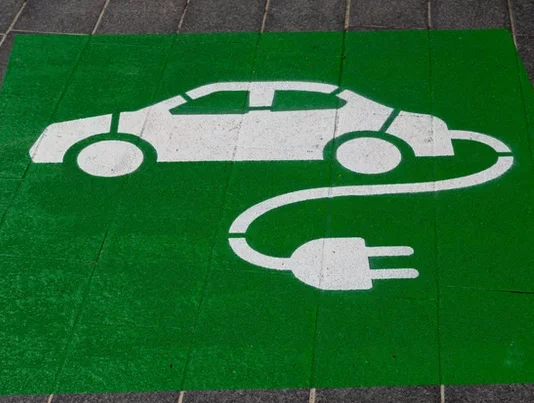The New York Times reported that “Sales of cars powered solely by batteries surged in the United States, Europe and China last year, while deliveries of fossil fuel vehicles were stagnant. Demand for electric cars is so strong that manufacturers are requiring buyers to put down deposits months in advance. And some models are effectively sold out for the next two years.”
EVs now make up 9 percent of cars sold worldwide, up a whopping 300 percent in the last 3 years. This has lead analysts to believe that “their rapid growth could make 2022 the year when the march of battery-powered cars became unstoppable, erasing any doubt that the internal combustion engine is lurching toward obsolescence.”
The auto industry is responding to the interest in EVs by investing half a trillion dollars in the next 5 years, with more than a dozen new electric car and battery factories planned just in the United States.
There are challenges, including the cost of lithium for batteries and the availability of charging stations. However, the infrastructure bill that Congress passed in November includes $7.5 billion for 500,000 new chargers.
Interest in EVs has been tremendous. For example, demand for Ford’s new Lightning, an electric version of the F-150 pickup truck, has been so strong that the company is racing to double production after the truck quickly sold out. This trend appears to be continuing as we get further into 2022.


